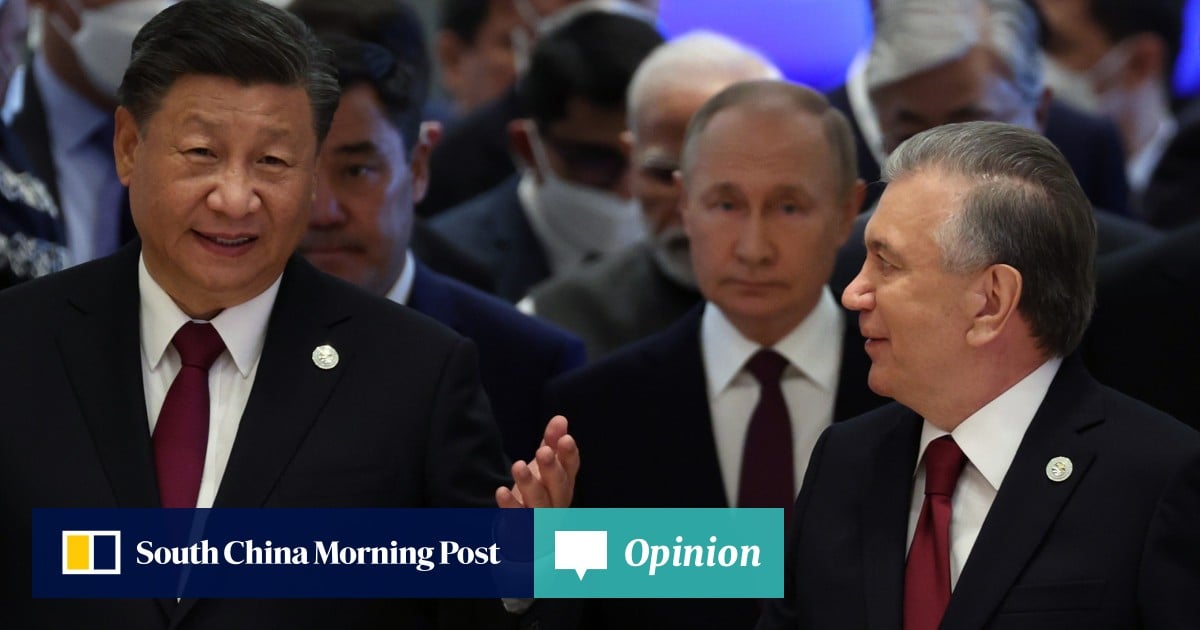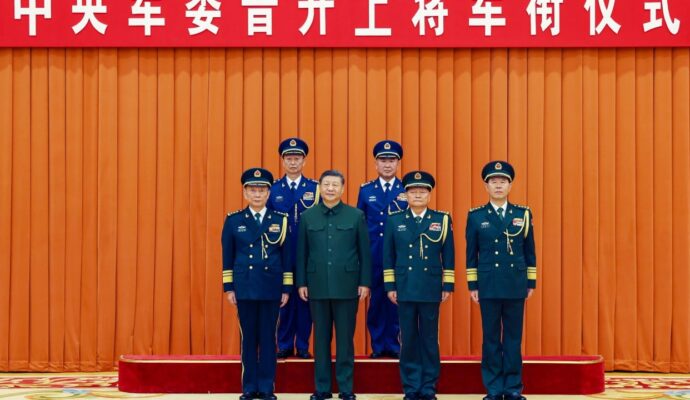
Advertisement
Between 2020 and 2024, Russia’s arms exports fell 64 per cent, out of which two-thirds went to three countries: India (38 per cent), China (17 per cent) and Kazakhstan (11 per cent). The vacuum left by Russia invited other suppliers such as China to step up their presence.
Multi-role JF-17s are capable of performing in all weather conditions and various combat scenarios as well as being considerably cheaper than the Western alternatives such as France’s Rafales, which Tashkent initially planned to acquire.
Advertisement
Recently, Uzbekistan introduced new air defence systems of Chinese provenance. The FM-90 short-range surface-to-air missile system and the KS-1C medium-to-long-range air defence system are seen as powerful means of forestalling air attacks. The KS-1C system is particularly notable as it is capable of hitting targets at a distance of 5km to 50km, with an interception altitude of 500m to 25km. Tashkent is also thought to possess Chinese-made Wing Loong military drones.

